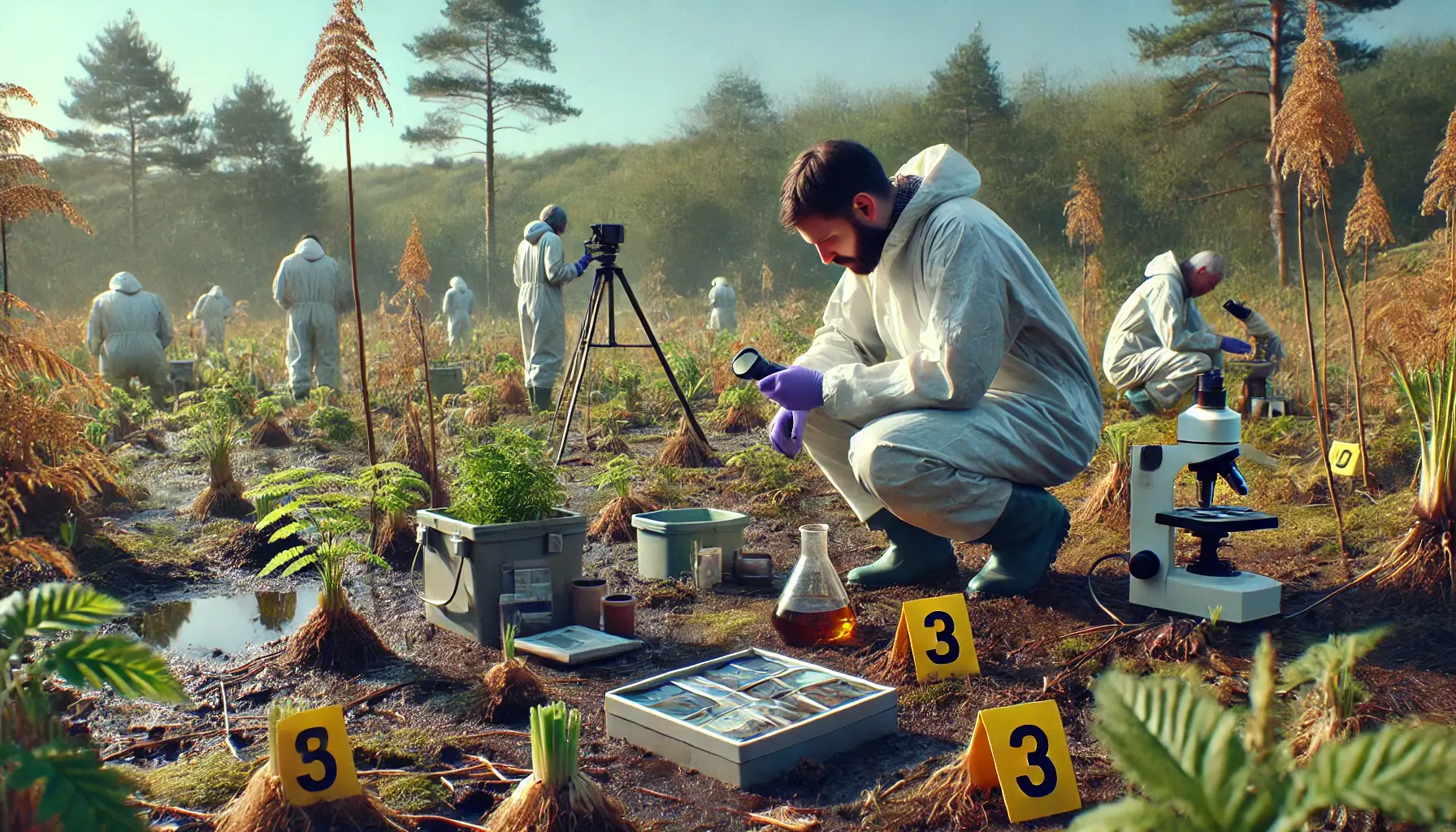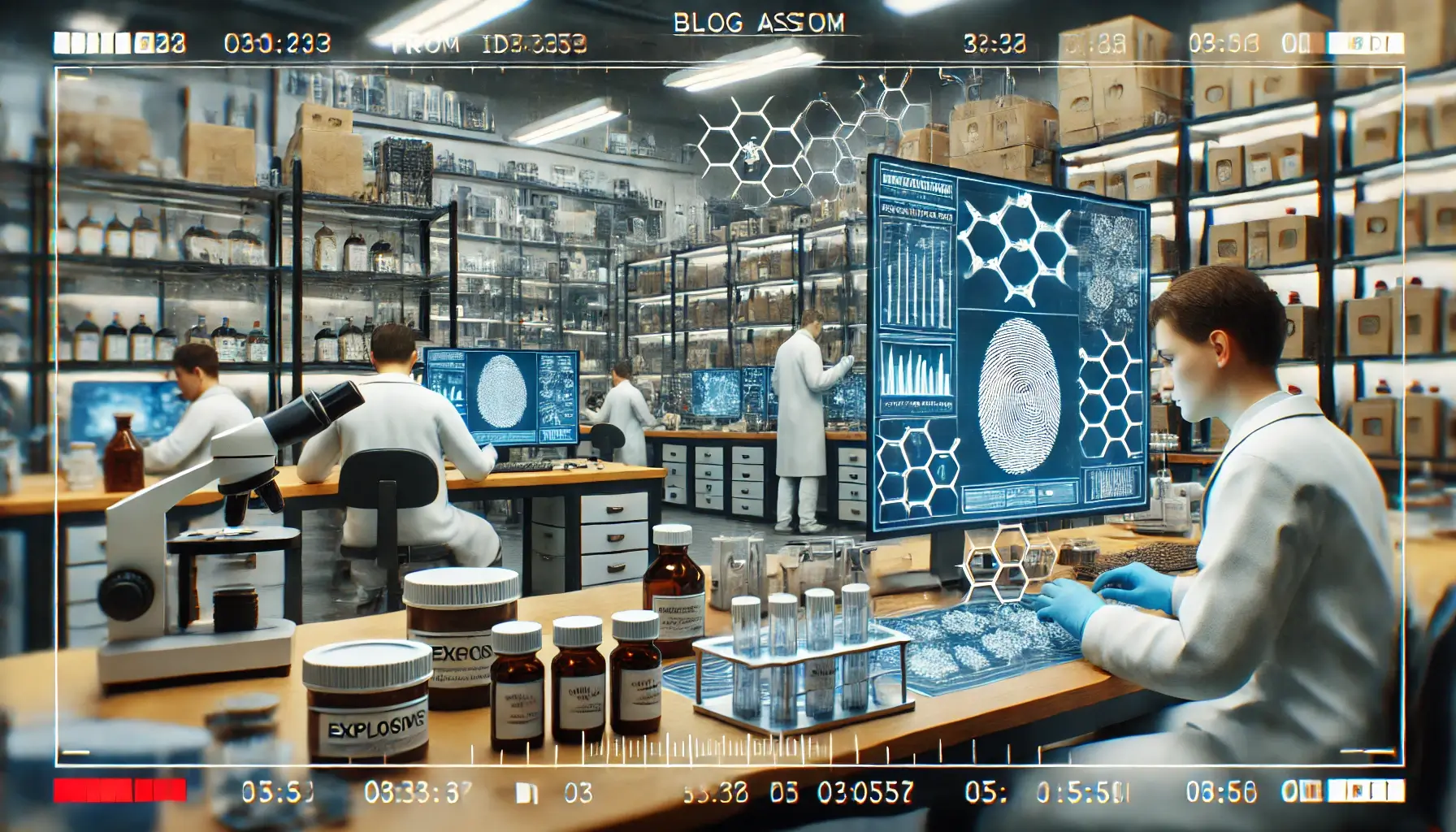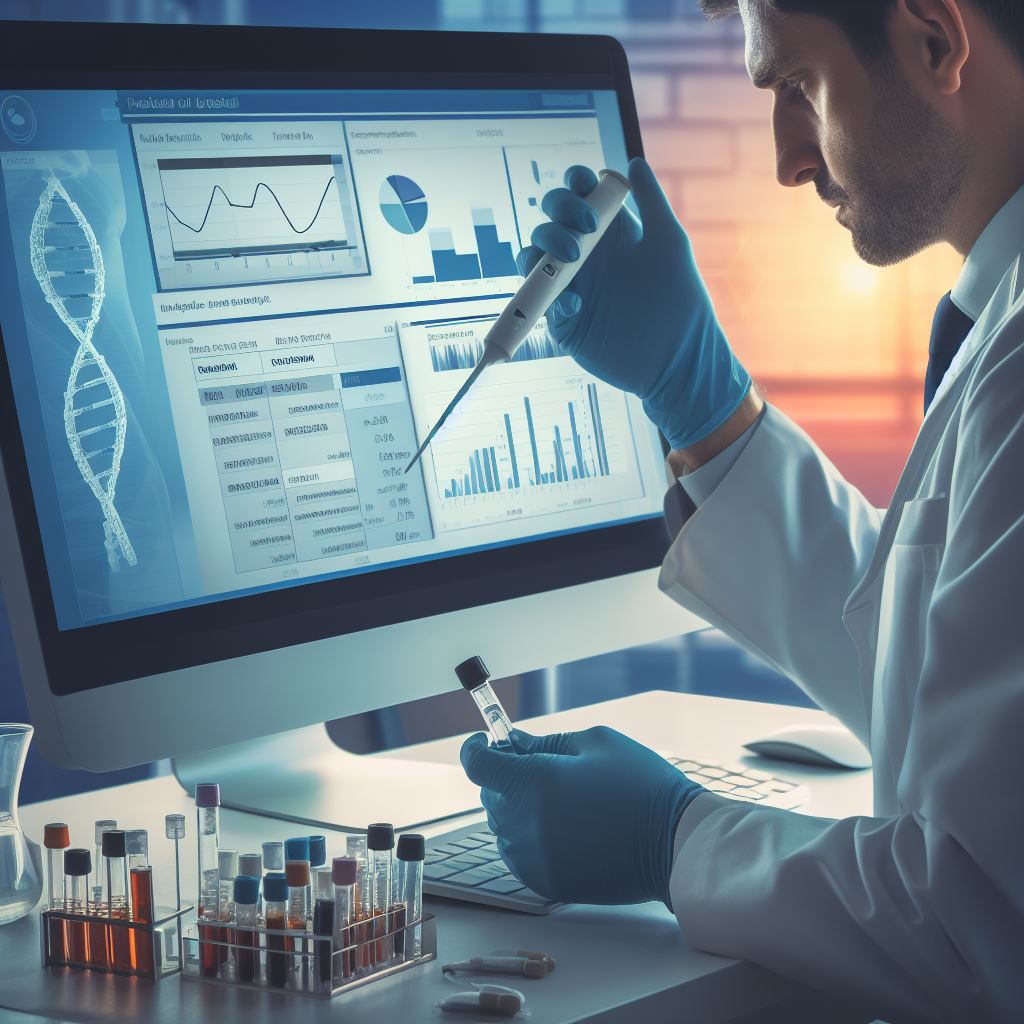Ancient DNA From Sardinia Unlocks 6,000 Years of Genetic History
A groundbreaking study reveals 6,000 years of Sardinia's genetic history, highlighting stability through the Neolithic to Nuragic periods and new genetic influences from Phoenicians and…
Combining Genetics with genealogy to identify the dead in unmarked graves
Discover how combining genetics with genealogy can identify individuals in unmarked graves, with significant implications for historical research, military identification, and public health.
Forensic botanists: The science of using plants to find bodies
Explore how forensic botany uses plant chemistry to locate human remains. Discover groundbreaking research at the University of Tennessee’s body farm and its practical applications.
Forensic breakthrough helps explain how innocent people’s clothing fibres could end up at crime scenes
New forensic research shows that fibres can transfer without direct contact, raising critical questions about fibre evidence in criminal cases. Learn more about this breakthrough.
From Identification to a Chemical Fingerprint for Explosives in Forensic Research
Explore Karlijn Bezemer's groundbreaking research on the chemical profiling of explosives, enhancing forensic investigations and public safety. Learn about her methods and their implications.
SNPs Over STRs in Familial Testing to Minimize Errors
Discover how high-density SNP panels can enhance the accuracy of familial testing in forensic science, reducing errors compared to traditional STR technology.
Bone Proteomics: Revealing the Time a Corpse Spent Underwater
Explore how bone proteomics can reveal how long a corpse has been underwater, offering a revolutionary tool for forensic investigations.












